Excavations at the ancient city of Sagalassos reveal the Roman way of life

The Sagalassos Archaeological Research Project, which has been carried out in the ancient city with the support of Aygaz since 2005, is celebrating its 20th anniversary. Aygaz General Manager Melih Poyraz and his accompanying delegation visited Sagalassos and the excavation house.
The delegation received information about the restoration work carried out on the Agora Gymnasium, Southeastern Avenue and Street Fountain within the scope of the project.

The sphinx god Tutu figure and two life-size marble statues, one of the moon god Men and the other of Hermes, found during recent excavations in the ancient city, which is on the UNESCO World Cultural Heritage Tentative List, were introduced to the participants.
🔹 Anadolu Agency for current developments, exclusive news, analysis, photos and videos
🔹 AA Live for instant updatesIn his speech at the excavation site, Poyraz said that they have been witnessing the unearthing of the ancient city for 20 years through the excavations they have supported.
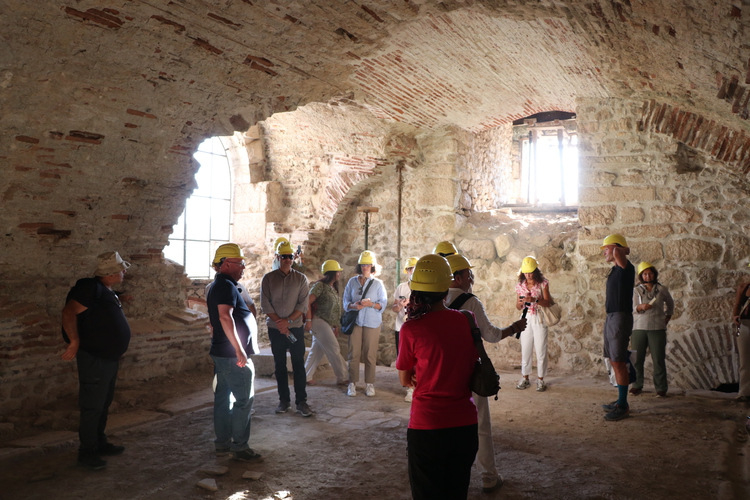
Poyraz, stating that the Antonine Fountain is an unforgettable landmark for both the country and the archaeological world, said, "The Upper Agora, on the other hand, offers visitors a unique experience as one of the best-preserved ancient squares in the Mediterranean."
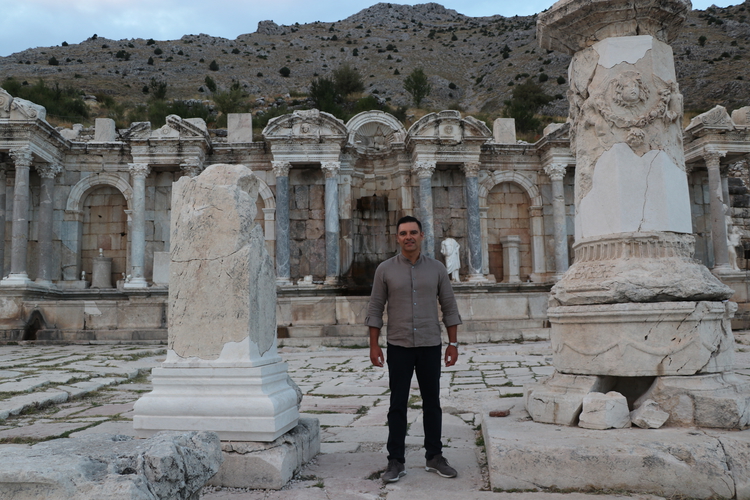
Poyraz emphasized that the excavations are being carried out through multifaceted collaboration, saying, "Since 2024, the project has been led by a consortium of established institutions such as Koç University, Bilkent University, KU Leuven University, and the Vrije Université Bruxelles. This isn't just financial support; it involves significant knowledge, effort, and experience. Thanks to the support of these institutions and our professors, and their collaborative commitment to the project, we are witnessing this beautiful legacy today."


Poyraz stated that the company will celebrate its 65th anniversary next year and noted:
"A leading company in the energy sector for 65 years. Truly, it's one of our country's most important institutions and companies. In addition to being a pioneer in the sector, we consider generating social, cultural, and scientific values an integral part of our corporate identity. This is invaluable to us. Therefore, the most important aspect of our sponsorships and social responsibility projects is their long-term nature. Our presence here truly demonstrates this."
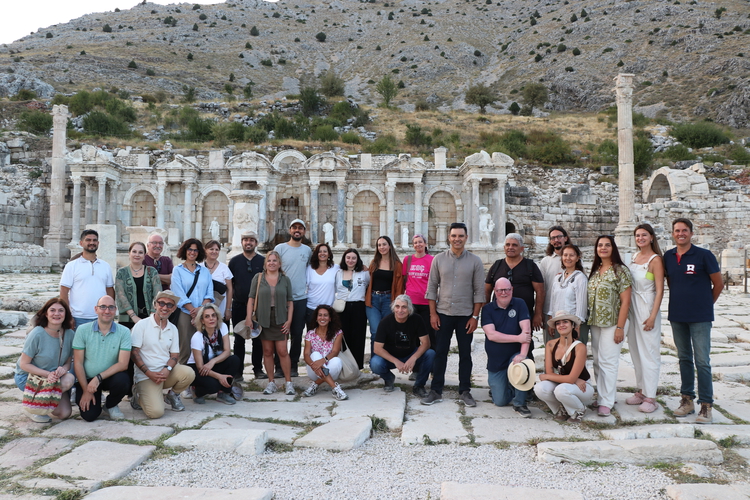
Sagalassos Ancient City Excavation Director Prof. Peter Talloen stated that Sagalassos is one of the best-preserved ancient cities.
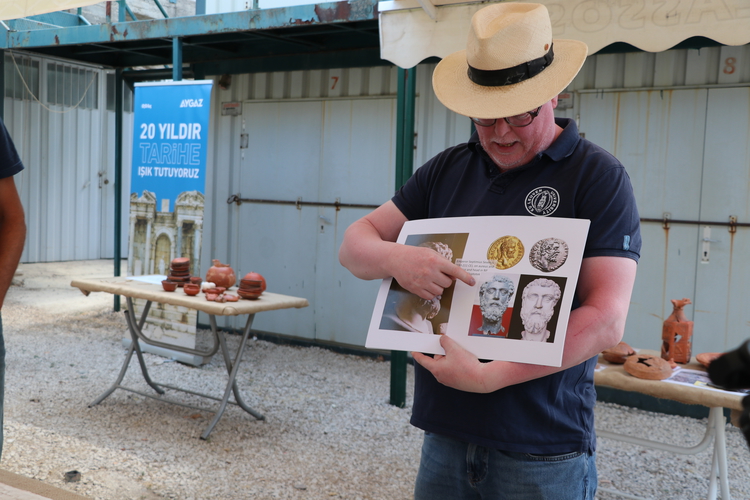
Talloen, recalling the devastating earthquake that struck the region in the 7th century AD, said, "All the structures were buried underground, and they came to us as a huge puzzle. We are very fortunate in that regard. We can rebuild these magnificent structures. We have that opportunity. In most places, when there is a modern settlement nearby, they are sometimes subject to looting. That's not the case here. We are finding them just as they were left."
The studies will continue in the fourth term.Excavations at Sagalassos, planned until 2029, include the restoration of the Agora Gymnasium and the anastylosis of Southeast Street and the Street Fountain, located on its border. Preliminary restitution work was completed on the Gymnasium's west portico in 2024, while excavations at the Street Fountain progressed to document collapsed architectural fragments. With the completion of these works, visitors will now be able to access the Upper Agora using the ancient city's original routes.
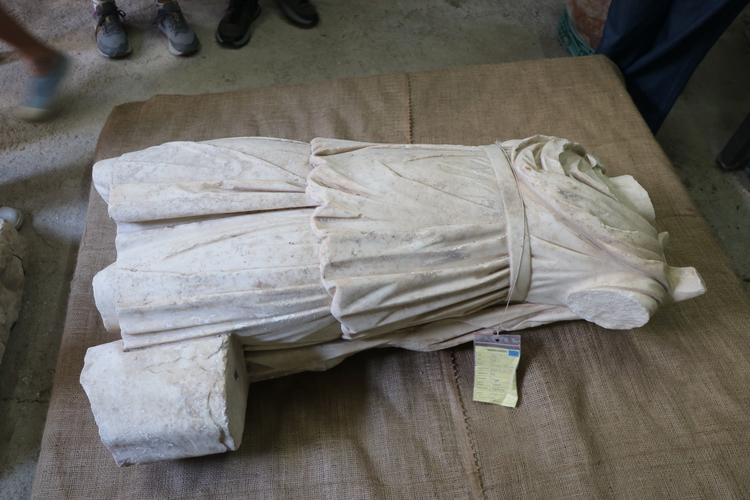
As part of the five-year conservation and anastylosis program, supported by Aygaz's fourth term, which began in 2024, work continues to investigate, document, and open to the public the structures in the urban area surrounding the Street Fountain, including the roads providing access to the Upper Agora and the square.
As a result of this program, the restoration of the Agora Gymnasium and the restoration of the Southeast Avenue and Street Fountain are aimed.
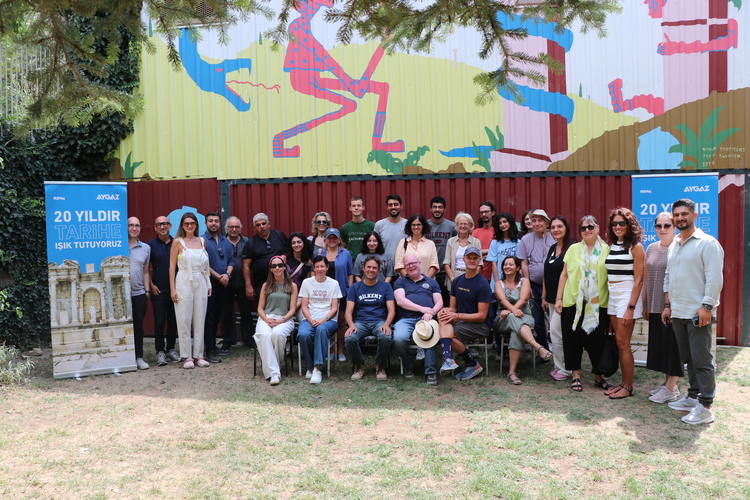
In this context, an excavation will be conducted in 2025 on the easternmost section of the Street Fountain and the newly discovered colonnaded street. This work will allow for the documentation of collapsed architectural fragments in situ from the eastern section and the excavation of another section of Southeast Agora Street.
Meanwhile, work is underway to use the 6th-century AD paving stone as an authentic entrance for visitors to the restored upper city of Sagalassos. This will provide visitors from the lower city with a pleasant resting spot before proceeding from the Street Fountain to the Agora.
In addition, the Street Fountain is aimed to be restored to its original function by re-supplying water to the area.
Prof. Dr. Jeroen Poblome from the Archaeology Department of KU Leuven University and Prof. Dr. Inge Uytterhoeven, Dean of the Faculty of Humanities and Letters at Koç University, also attended the visit.
The Anadolu Agency website publishes a summary of the news presented to subscribers through the AA News Feed System (HAS). Please contact us for subscription information.AA





